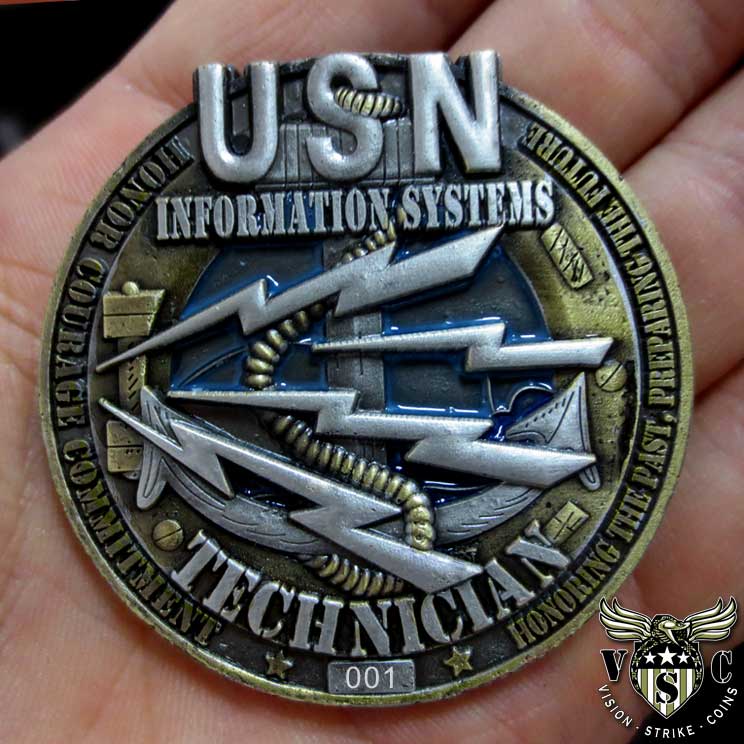
The seasoned navigator uses all available information and a certain measure of judgment to say “Our position is here on a chart.” Many operations conducted in the area of navigation require the use of precise instruments and mathematical tables and sound judgment based on experience. On the other hand, it is the skill in the use of these tools and the interpretation of information that is an art. On one hand, navigation is a precise science comprised of complicated mathematics, precision instruments, and state of the art machinery. Modern day navigation has aspects of both, it is considered an art and a science. This soon changed with the addition of science. During this period in time, navigation was considered an art. The early days of navigation were dubious at best. As a result of this problem-solving process, navigation was born.
#QM NAVY RATE HOW TO#
Eventually, he faced the problem of how to get to where he wanted to go. He was at the mercy of the sea, with his direction being determined by the wind and currents. He left port without the ability to steer a course. Origins and Primary Areas of Navigation Backgroundįrom the beginning of recorded time, man has traveled on the water. How to Extract Latitude and Longitude from a Known Position How to Determine or Plot Direction on a Chart Topic Origins and Primary Areas of Navigation Problems Associated with NavigationĮarth and the Terrestrial Coordinate System Describe the Chart Correction System and correct charts from Notice to Mariners. Find charts using DMA Hydrographic catalog. Measure distance on a Mercator projection chart. Describe the Terrestrial Coordinate System. The material in this chapter will enable the student to: Describe a dead reckoned track. You will become the trusted assistant of the navigator, bridge watch officers, and the captain. QMs traditionally maintain the highest standards of grooming, pride, and professionalism. The bridge is where the orders are given for the ship to carry out her mission. The bridge is where the captain spends most of his or her time under way. You will be a highly visible member of the ship’s crew, after all, your work station is on the bridge.

There is no feeling that compares to knowing that you are part of a team that safely navigates a ship and her crew across vast expanses of ocean. Don’t be put off by the science end though, a basic knowledge of mathematics will suffice your needs. As you will learn, navigation is known as both an art and a science. As a Quartermaster, you will be engaged in many aspects of navigation. In this chapter, you will be introduced to the world of navigation. INDEX.INDEX-1 ASSIGNMENT QUESTIONS follow Index.ĬHAPTER 1 Introduction to Navigation Introduction ĭead Reckoning, Piloting, and Electronic Navigation.Ĭelestial Observations and Sight Reduction Methods.

NAVSUP Logistics Tracking Number 0504-LP-101-9252
#QM NAVY RATE PROFESSIONAL#
Published by NAVAL EDUCATION AND TRAINING PROFESSIONAL DEVELOPMENT AND TECHNOLOGY CENTER Other technical content not reviewed or revised. Errata entered, and new information on the Navigation Sensor System Interface was added in chapter 8.
#QM NAVY RATE UPDATE#
May 2003: Administrative update released.Any errata for this course can be found at under Products. The well-prepared Sailor will take the time to look up the additional information. An additional important feature of this course is its references to useful information to be found in other publications. It contains subject matter about dayto-day occupational knowledge and skill requirements and includes text, tables, and illustrations to help you understand the information. By studying this course, you can improve your professional/military knowledge, as well as prepare for the Navywide advancement-in-rate examination. PREFACE About this course: This is a self-study course. NOTICE Pages 4-30, 4-31, 4-32 and 4-33 must be printed on a COLOR printerĭISTRIBUTION STATEMENT A: Approved for public release distribution is unlimited.


 0 kommentar(er)
0 kommentar(er)
